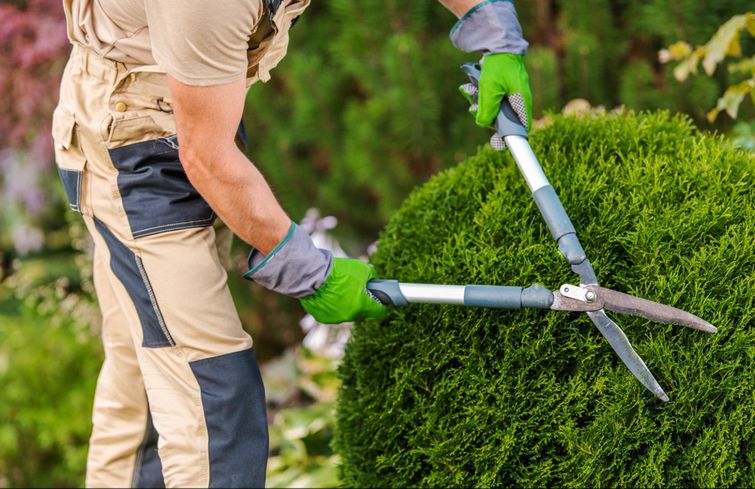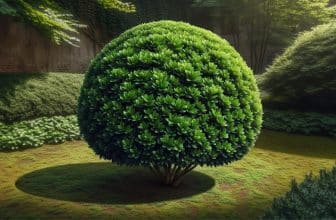
Why Prune Trees and Shrubs?
There are many reasons to prune trees and shrubs and tree pruning is a good practice to make a regular habit in order to keep your trees healthy and growing their best. It’s common that the first time most people consider trimming trees is after a storm to prevent branches from becoming a hazard.
There are many other reasons for pruning trees, like encouraging flowers and fruit production, trigger new growth, preventing disease or shaping the tree for better aesthetic appeal.
Homeowners remove dead branches to help a tree look better and grow stronger. Pruning hazardous branches that could fall during storms is also a necessary practice. Shaping of trees can also help with light diffusion and air flow to the tree’s crown.
Tree Pruning 101

Routine pruning of dead or dying limbs can be done virtually at any time, as long as the wound can stay dry. However, the type of tree can have more specific rules for trimming. It’s best to know what the right conditions are for pruning trees to ensure that no complications occur. The wounds from pruning can spread diseases. Any cut can affect the way a tree will grow, so no branch should be cut without reason.
When tree limbs are removed the wounds will callus, making a thick circle all the way around the cut. It’s important for this to develop correctly in order to protect the tree from problems like rot that is caused by water gathering in the area.
Here are a few different types of trees and the best time of year to prune them:
Deciduous trees should be pruned in the late fall to winter when they have entered their dormancy season and have no leaves, late winter is not preferred for them. At that time it is easier to see the framework of the trees and insects and diseases are much less prevalent like they would be in early spring.
Conifer trees are best pruned in the late winter when they are fully dormant and have no leaves.
Summer-blooming trees and shrubs like fruit trees are also best pruned in late winter before buds are produced.
Spring-blooming Trees and Shrubs are the exceptions to the rule and can be trimmed with leaves present. Trim trees immediately after that have bloomed, or as early as you can after.
Tools

When it comes to trimming trees and shrubs, using quality pruning tools is important. You should always make sure that your products and tools are sharp and clean before you trim trees. Dirty or dull tools will only damage your shrubs or trees and aid the spread of disease to the open wounds or new growth.
Some tools for pruning are:
- pole saw attachments for trimmers
- loppers
- secateurs
- hand pruners
- safety glasses
Tips and Techniques

Find the Branch Collar
Make Your Cuts at a Downward Angle
Never Trim Branches That Are Growing Upward
Don't Cut Too Far Away
You should make sure that you are not leaving too long of a stub when removing branches. Leaving it too long will make it difficult for the tree to develop a proper callus.
Be careful when choosing to remove large limbs as it can be risky for the health of the plant. It’s best to leave branches unless there is a good reason for getting rid of them, like if they are dead, diseased, or a hazard. Never remove more than 1/4 of the living tree branches from a tree at one time. If more than that is needed to be removed, try to space it out over the next few years.
How to Prune a Tree or Shrub

Step 1: Suckers
Step 2: Remove Dead Branches
Step 3: Prune Hazardous Branches
Step 4: Remove Damaged Branches
Step 5: Remove Crossing Branches
Now that most of them are cleaned up, branches that are overlapping are easier to spot. Remove limbs that overlap or rub together, as over time these branches can damage each other. Try to remove only one of these if it is damaged or the smallest of the two, but remove both branches if they both are damaged.
When your shade trees become a hazard to you or themselves it’s time to give them a trim!








